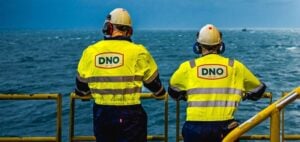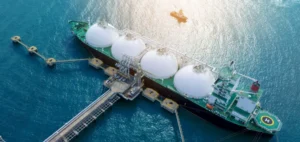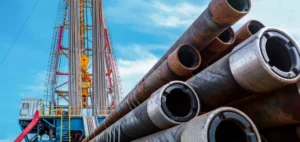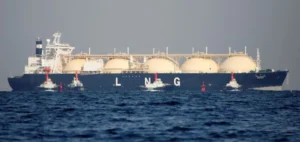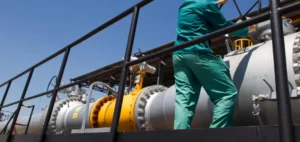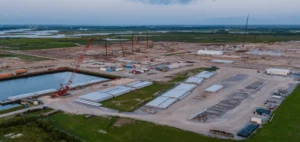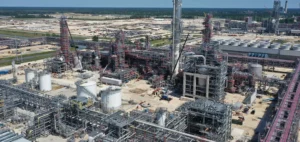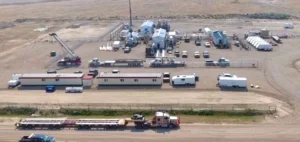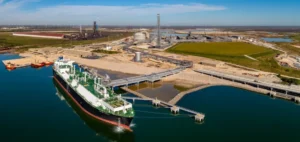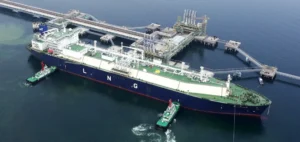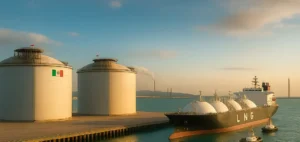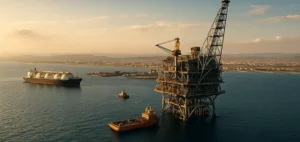Asia, at the center of global economic growth, faces major challenges in its energy transition. A new study commissioned by the Asia Natural Gas & Energy Association (ANGEA) and conducted by Wood Mackenzie highlights the vital role of U.S. liquefied natural gas (LNG) in addressing the region’s increasing energy needs while reducing dependence on coal.
U.S. LNG: A Vital Market for Asia
According to the study, LNG demand in Asia could nearly double, from 270 million tons in 2024 to 510 million tons annually by 2050. This growth reflects the rising needs of developing countries like India, Vietnam, and Indonesia, where energy is essential for sustaining economic growth and industrial investments.
Asia remains structurally dependent on LNG imports due to insufficient domestic resources to meet internal demand. U.S. LNG, as the world’s leading exporter, is seen as a key solution for meeting these demands. However, its ability to maintain this strategic role largely depends on U.S. policy decisions.
Two Scenarios, Two Trajectories
Wood Mackenzie modeled two scenarios:
1. Lifting of export restrictions: If the U.S. resumes export approvals to non-free trade agreement countries by 2025, it could account for up to one-third of global LNG exports by 2035.
2. Maintaining restrictions: If approvals remain suspended, Asia will turn to alternative, less competitive sources. This could lead to increased LNG prices, making it difficult for several emerging nations to replace coal.
Uncertainty surrounding U.S. supply is currently slowing investments in gas infrastructure in Asia, jeopardizing essential long-term projects.
Crucial Economic Challenges for Asia
For many Asian countries, such as Bangladesh, Vietnam, and the Philippines, coal remains a familiar and economically viable option. However, without access to competitive LNG supplies, these countries risk prolonging their reliance on coal.
The study estimates that in 2035, a 30% drop in LNG demand due to high prices would result in an additional 95 million tons of coal consumed in the region. This scenario highlights the economic and industrial implications for emerging economies, which could face prohibitive energy costs and unstable supplies.
Challenges for U.S. Exporters
To meet Asian demands, U.S. LNG players must address several challenges:
– Infrastructure capacity: The construction of new liquefaction and export terminals is essential to increase global supply.
– Contractual partnerships: Asian importers seek long-term contracts offering stability while demanding flexibility in terms.
– Regulatory pressures: Accelerating approvals is crucial to enable U.S. projects to materialize and compete with other exporters like Australia and Qatar.
Regional Outlook: India and Southeast Asia Driving Demand
The study projects that LNG demand in mature economies like Japan, South Korea, and Taiwan will slow after 2030 due to energy diversification and pipeline projects.
In contrast, South and Southeast Asia, with countries like India, Vietnam, and Indonesia, are expected to see strong growth until 2050. India, in particular, will increase its LNG consumption to meet industrial needs such as petrochemicals, fertilizers, and urban gas.
A More Complex Energy Mix
Wood Mackenzie’s analysis also highlights the limits of renewable energy in meeting Asia’s demands. The ambitious targets of several countries, such as Indonesia and Vietnam, face logistical and financial challenges, including:
– Network constraints and insufficient storage to compensate for intermittent solar and wind energy.
– Unattractive tariff structures for foreign investors.
– Geographic limitations, such as low wind density in Indonesia or high population density in Bangladesh.
LNG, with its flexibility and relatively competitive cost, positions itself as an essential transitional alternative to meet growing energy demands while ensuring the energy security of countries in the region.


